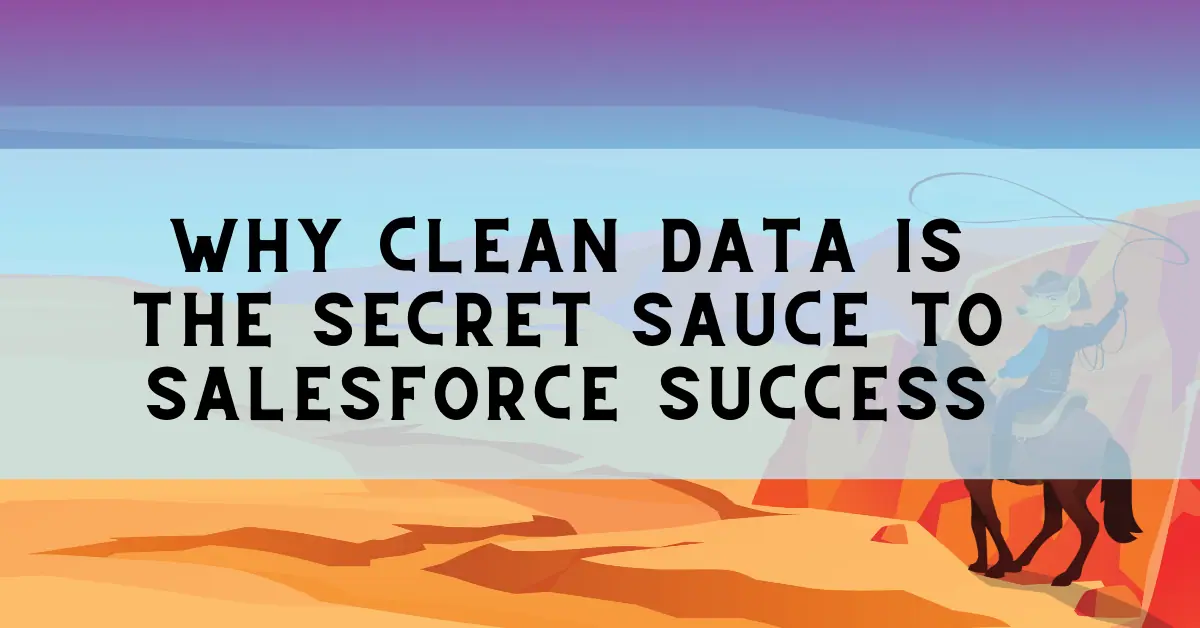February 2, 2023
5 Questions to Ask Before Deduping Your Salesforce Data
Create a more effective and efficient deduplication process for your organization

Hey there! Tired of staring at a messy Salesforce database and not knowing where to begin? We’ve got you covered! With our insider knowledge and hands-on experience, we’re here to guide you through the journey of tidying up your data.
First things first, let’s dive into understanding your current data situation. Trust us, it’ll make the deduplication process smoother and more successful! And before you get started, take a moment to think about these 5 crucial questions. It’ll give you a solid foundation and make the whole process a breeze.
1. Who’s the boss of deduping?
Finding out who’s in charge of managing duplicates is crucial, because every company has their own way of doing things. Will it be your trusty Salesforce admin, the creative marketing squad, or the tech-savvy IT team? Make sure the right peeps are on deck to tackle this task.
2. Where do duplicates come from?
Duplicates can sneak up on you from different sources, like manual entries from your sales crew, imported files, or even external systems. Knowing where they’re coming from and how valuable they are will help you create killer merge rules.
3. What is considered a duplicate in your world?
“Duplicate” can mean different things to different companies. For you, duplicates might be defined as the same account name, email, or even fuzzy variations. It’s important to decide on what makes sense for your organization before making moves.
4. How should we merge your records?
This is a biggie when it comes to deduping. How will you combine picklists? Which record will be the boss? Will all field data be preserved? If you find yourself picking a master based on some logic, make a note of why you’re making that choice.
The same goes for specific fields. If you’re manually picking one value over another (like a True over a False), make a note of why. Understanding the reasoning behind your choices will help you identify which rules you need to configure.
5. When should we clean your data?
Your company’s data management process should include a cleaning schedule that fits your needs. Whether it’s an automated daily cleanse, or only during imports, this is an important part of the cleaning process. It’s common to have a mix of both automated and manual filters, with regular scheduled filters, as well as manual reviews for potential matches that can’t be automated because they’re too risky.
Alright, folks! Before you make deduping moves, remember to ask yourself these 5 questions. It’s a small step that can make a big difference in making your deduplication process more effective and efficient. So, take a deep breath, grab a cup of coffee, and get ready to tackle those duplicates with confidence!





